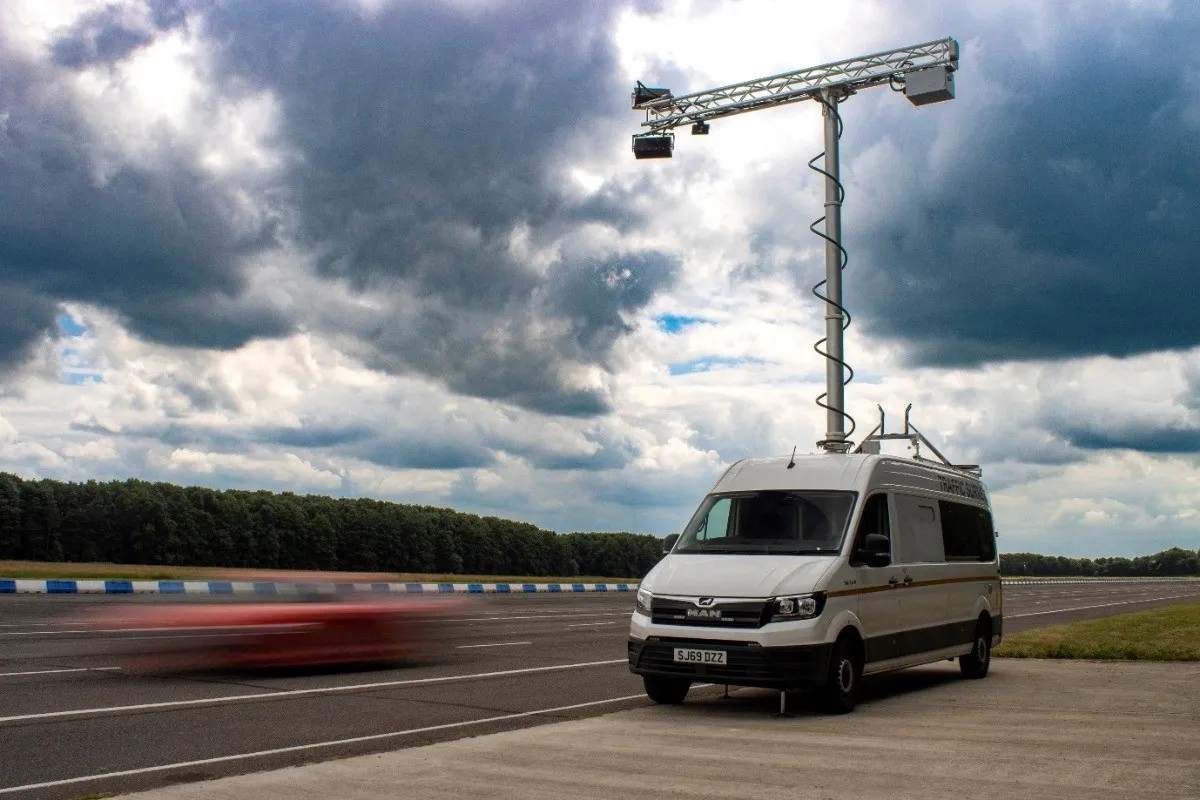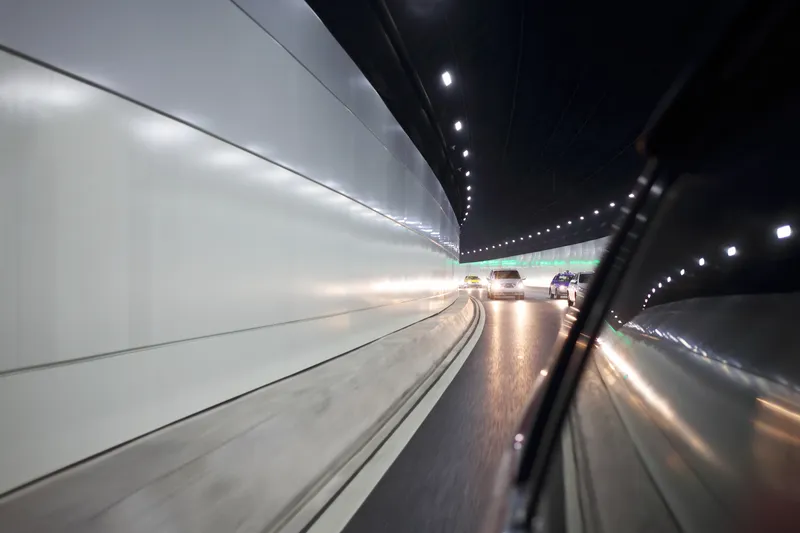
England’s National Highways agency has commissioned TRL Software to provide it with a new pavement asset management system known as P-AMS.
TRL – Transport Research Laboratories - said that P-AMS will be configured upon the cloud-based product iROADS, which is a commercially available off-the-shelf tool designed for various infrastructure assets. By early next year P-AMS will replace National Highway’s 20-year-old HAPMS - Highways England’s Pavement Management System - platform.
TRL noted that by using iROADS means, the company can deliver “a cost-effective, user-friendly platform with fully-customised specifications”.
P-AMS will form part of National Highway’s Asset Management Transformation plan and help to support delivery of the agency’s Digital Roads Strategy designed to establish more efficient ways of working through improved digital integration.
The new system was developed to align with its emerging Asset Management System Strategy (AMSS). AMSS compliance will ensure the new system supports cross-asset data access and analysis, and the company’s new data model.
The pavement is an essential part of the national network, with information stored in P-AMS critical for informing decisions around future requirements. “The customised asset management platform will be rolled out with a detailed transition plan before the current HAPMS system’s end-of-life deadline of March 2023,” said Paul Zanelli, TRL’s strategic ventures director.
“With the new system we will have easier access to asset information,” said Sarah Brookes, National Highways’ lead project manager for P-AMS implementation and who was in charge of HAPMS. “P-AMS will be securely accessible from anywhere from a wide range of devices, which will enable improved analysis and decision-making, ultimately driving quicker and better outcomes.”
iROADS is an open, enterprise digital roads asset management platform which is fully cloud-native and available to customers on subscription basis globally. TRL notes that it allows have a single view of assets by reducing complexity and integrating disparate data silos to gain insights into your assets and guide your decisions.
Using iROADS enables customers to create digital models of road networks to provide previously inaccessible insights to help maintain highways. The recently updated iROADS platform includes a climate change and resilience module and a whole life-cycle module.










